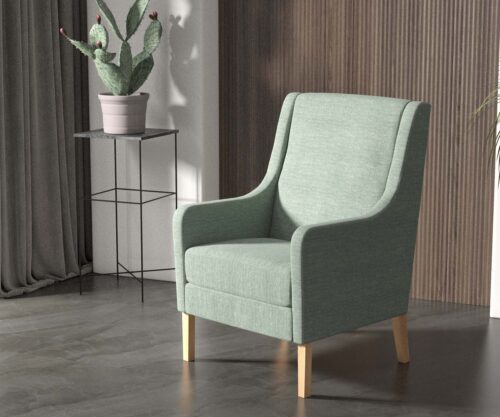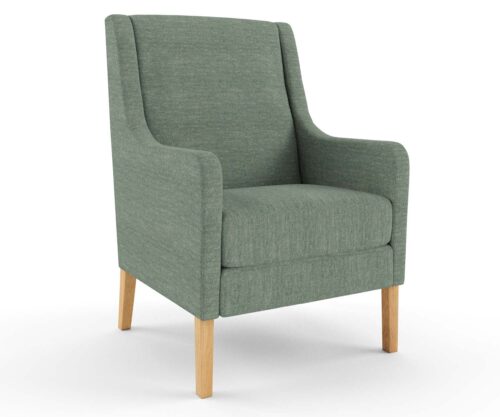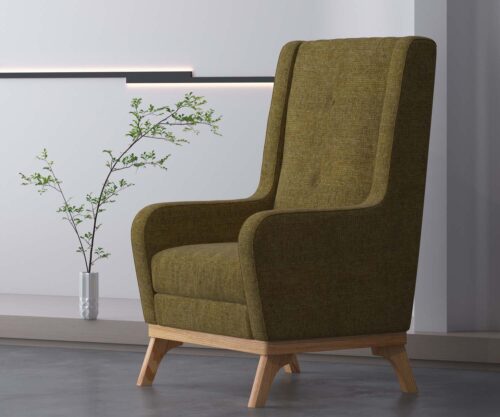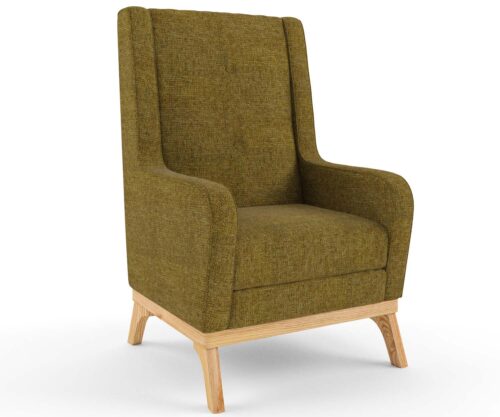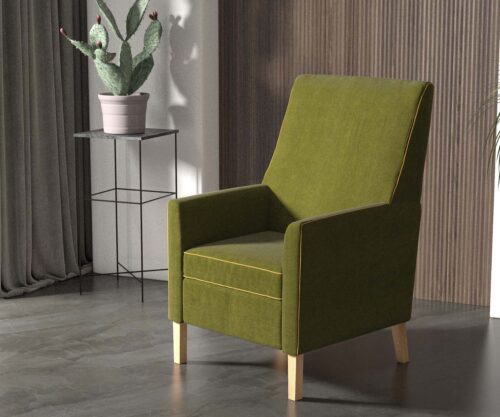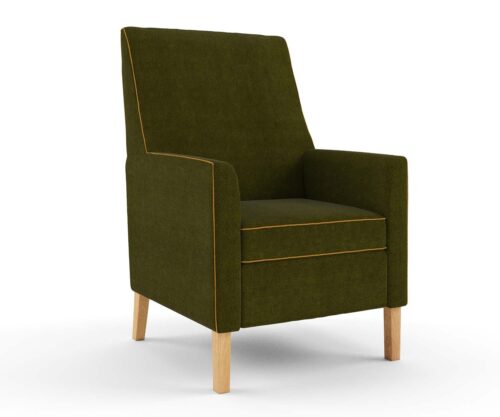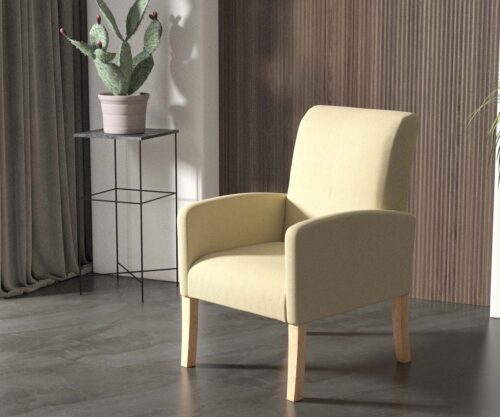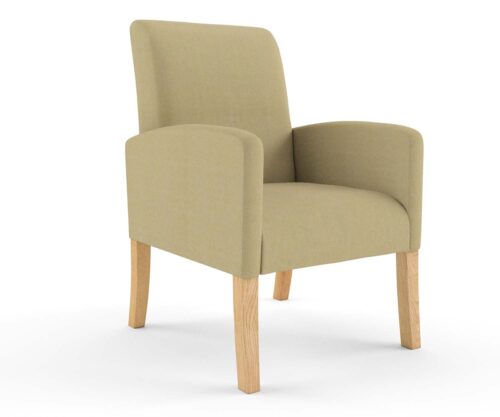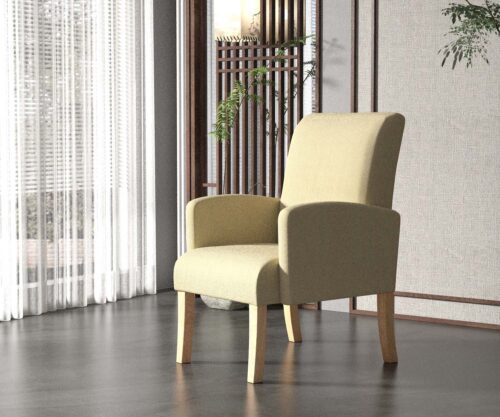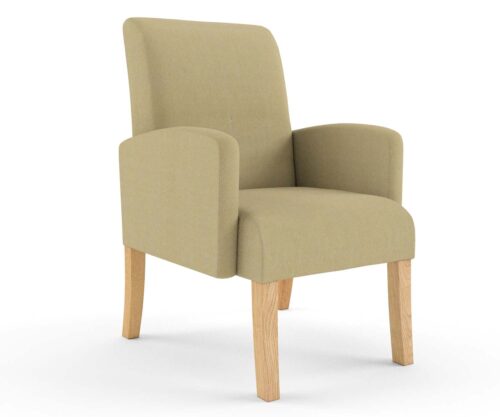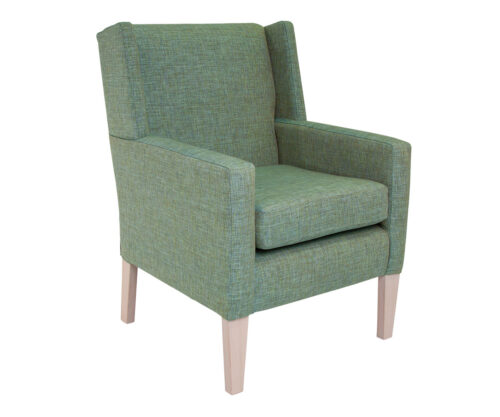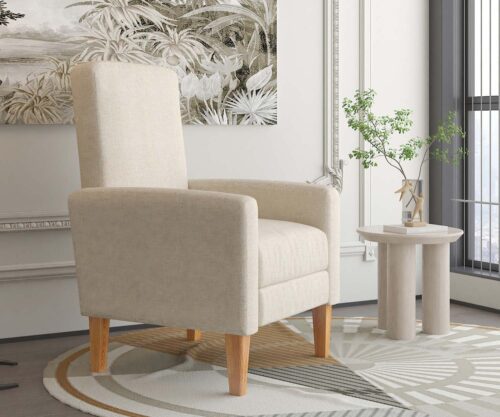Choosing the Right Bariatric Chair for Aged Care and Retirement Living: Factors to Consider
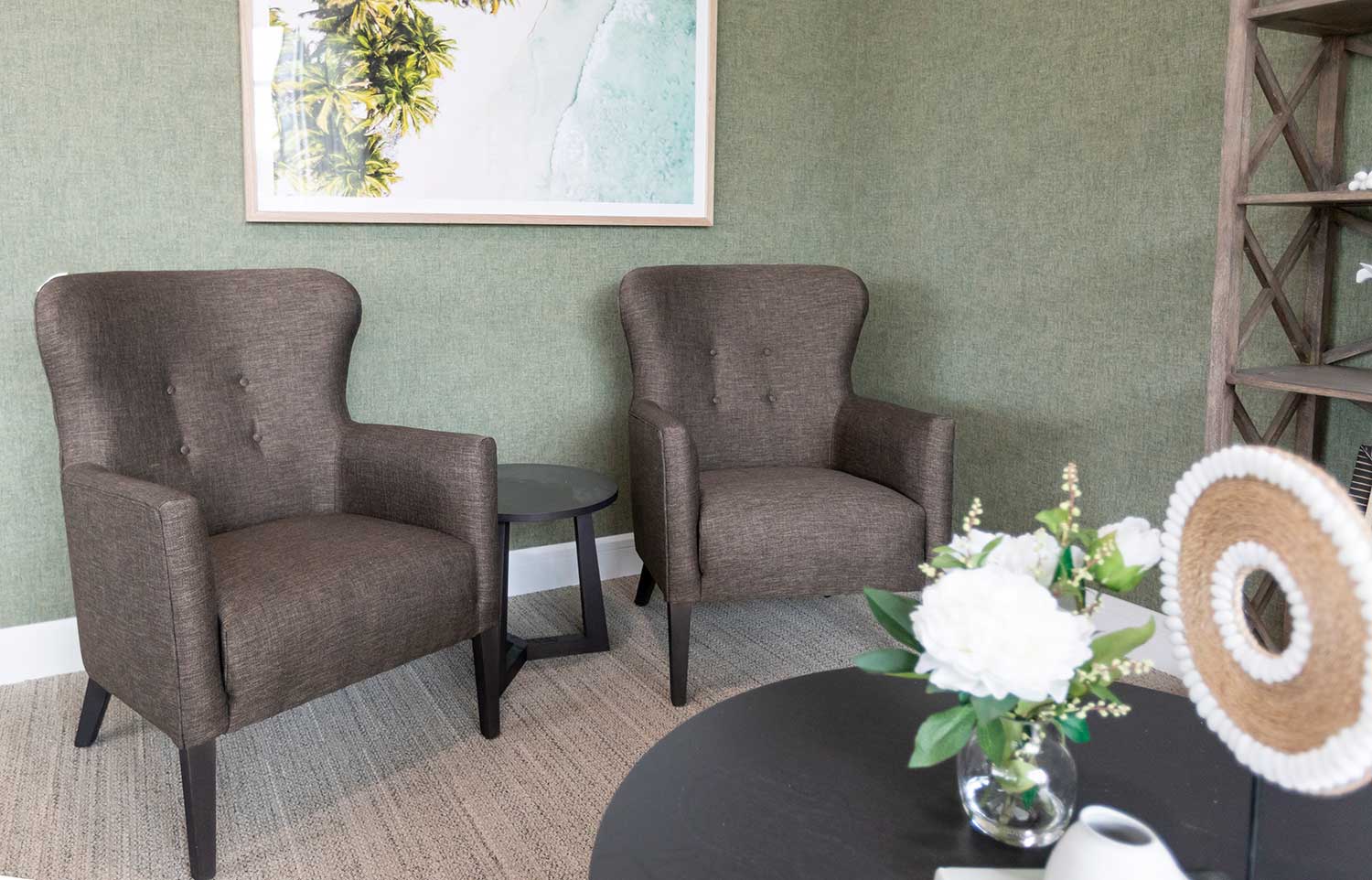
When it comes to choosing the right bariatric chair for aged care and retirement living, there are several factors to consider. It’s not just about finding a chair that can support the weight of larger individuals, but also one that is comfortable, safe, and easy to use. With so many options available on the market, it can be overwhelming to know where to start. That’s why we’ve put together this guide to help you navigate the process and make an informed decision. From weight capacity and seat width to material and design, we’ll explore the key features to look for in a bariatric chair.
Whether you’re a caregiver, a facility manager, or a family member of a loved one in need of a bariatric chair. This guide will provide you with the knowledge and confidence to choose the right one for your specific needs.
Why choosing the right bariatric chair is important for aged care and retirement living
Choosing the right bariatric chair is essential for aged care and retirement living for several reasons. Firstly, these chairs are designed to support individuals who are larger and heavier than the average person. This means that they need to be able to withstand a greater amount of weight and pressure.
Secondly, bariatric chairs need to be comfortable, safe, and easy to use. Many individuals in aged care and retirement living may have mobility or health issues that make it difficult for them to sit or stand.
When choosing a bariatric chair, it’s important to consider the needs of the individual who will be using it. This includes their weight, height, and any mobility or health issues they may have. It’s also important to consider the environment in which the chair will be used, such as the type of flooring and the amount of space available. By taking these factors into account, you can choose a chair that is both safe and comfortable for the individual using it.
Weight capacity and size considerations
One of the most important factors to consider when choosing a bariatric chair is weight capacity.
The weight capacity of a bariatric chair in Australia can vary depending on the specific model and manufacturer. These chairs are designed to accommodate individuals who weigh more than the average person. While there is no universal standard weight capacity for bariatric chairs, they are typically designed to support weights ranging from 136 kg up to 453 kg or more.
To obtain accurate information about the weight capacity of a particular bariatric chair in Australia, it is recommended to contact the furniture manufacturer or supplier directly. They can provide you with specific details regarding weight limits and other relevant specifications for their products.
In addition to weight capacity, it’s also important to consider seat width and depth.
The seat depth and width of a bariatric chair can vary depending on the specific model and manufacturer. These purpose-built chairs are designed to provide a wider and deeper seating area to accommodate individuals with larger body sizes. While there is no standard size for all bariatric chairs, they are typically wider and deeper than standard chairs.
The seat width of a bariatric chair can range from 56 centimeters up to 102 centimeters or more. This wider seat allows for more comfortable seating for individuals with larger hips or who require additional space.
The seat depth of a bariatric chair is typically deeper than standard chairs to provide better support for the thighs and buttocks. The seat depth can range from 51 centimeters up to 61 centimeters or more, allowing individuals with larger body sizes to sit comfortably.
To obtain precise information about the seat depth and width of a specific bariatric chair, it is best to consult the furniture manufacturer or supplier. They can provide you with detailed specifications for their products, including the seat dimensions.
When choosing a bariatric chair, it’s also important to consider the height of the chair. The chair should be at a height that allows the individual to sit comfortably and safely, with their feet flat on the ground. If the chair is too high or too low, it can cause discomfort and increase the risk of falls.
Comfort and support features
Comfort and support are essential factors to consider when choosing a bariatric chair. Bariatric chairs should provide adequate support for the individual’s back, neck, and legs, as well as any other areas that may require additional support. This can include features such as lumbar support, adjustable headrests, and footrests.
In addition to support features, it’s also important to consider the type of material used in the chair. Bariatric chairs are available in a range of materials, including leather, vinyl, and fabric. Each material has its own benefits and drawbacks, so it’s important to choose a material that is both comfortable and easy to clean.
Another important factor to consider when choosing a bariatric chair is the type of cushioning used in the seat and backrest. The cushioning should be firm enough to provide support, but not so firm that it is uncomfortable. It’s also important to choose a cushion that is resistant to wear and tear, as bariatric chairs are designed to withstand a greater amount of weight and pressure.
Mobility and accessibility features
Mobility and accessibility features are essential factors to consider when choosing a bariatric chair for aged care and retirement living. Bariatric chairs should be easy to move and maneuver, especially if the individual using the chair has mobility issues. This can include features such as wheels, swivel bases, and handles.
Another important factor to consider is accessibility. Bariatric chairs should be easy to get in and out of, especially if the individual using the chair has mobility or health issues. This can include features such as armrests, lift-up seats, and adjustable heights.
Durability and maintenance
Durability and maintenance are important factors to consider when choosing a bariatric chair. Bariatric chairs need to be able to withstand a greater amount of weight and pressure than regular chairs. Therefore, it’s important to choose a chair that is durable and long-lasting. This can include features such as reinforced frames, heavy-duty fabrics, and strong stitching.
In addition to durability, it’s also important to consider maintenance. Bariatric chairs should be easy to clean and maintain, especially if they are being used in an aged care or retirement living facility. This can include features such as removable covers, stain-resistant materials, and easy-to-clean surfaces.
Aesthetics and style considerations
Aesthetics and style may not be the most important factor when choosing a bariatric chair, but they are still worth considering. Bariatric chairs are available in a range of styles and designs, so it’s important to choose a chair that is both functional and visually appealing. This can include features such as different color options, modern or traditional designs, and customizable features.
Cost considerations
Cost is always an important factor to consider when making any purchase, and bariatric chairs are no exception. Bariatric chairs can be more expensive than regular chairs, but it’s important to choose a chair that is both affordable and meets the individual’s needs. It’s important to consider both the upfront cost of the chair and any ongoing maintenance or repair costs.
How to choose the right bariatric chair for your facility
Choosing the right bariatric chair for your facility can be a daunting task, but with the right knowledge and guidance, it can be done. When choosing a bariatric chair, it’s important to consider the needs of the individual who will be using it, as well as the environment in which it will be used. This can include factors such as weight capacity, seat width and depth, comfort and support features. Additionally, considerations may involve mobility and accessibility features, durability and maintenance, and cost.
It’s also important to choose a bariatric chair from a reputable supplier who has experience in providing chairs for aged care and retirement living facilities. A good supplier will be able to provide advice and guidance on choosing the right chair, as well as offer ongoing support and maintenance.
Investing in the right bariatric chair for your facility
Investing in the right bariatric chair for your facility is essential for ensuring the safety and comfort of the individuals who will be using it. By considering factors such as weight capacity, comfort and support features, mobility and accessibility features, durability and maintenance, and cost, you can choose a chair that meets the specific needs of your facility. With the right knowledge and guidance, choosing the right bariatric chair can be a straightforward and stress-free process.
FAQs About Bariatric Chairs for Elderly People
What is a bariatric chair, and how does it differ from regular chairs in aged care settings?
A bariatric chair is designed to support individuals who are larger and heavier than the average person. It differs by providing enhanced strength, durability, and size to accommodate the specific needs of larger individuals.
Why are bariatric chairs important in aged care facilities?
Bariatric chairs are essential in aged care facilities because they ensure the comfort, safety, and well-being of larger individuals who may have unique mobility or health challenges.
What factors should be considered when choosing a bariatric chair for aged care residents?
Considerations include weight capacity, seat width and depth, comfort and support features, mobility and accessibility features, durability, maintenance requirements, and cost.
How does the weight capacity of a bariatric chair impact its suitability for aged care residents?
The weight capacity is crucial as it determines the maximum load the chair can safely support. It’s important to choose a chair with a weight capacity that accommodates the specific needs of the intended users.
Are there specific comfort and support features to look for in a bariatric chair?
Yes, bariatric chairs should offer ergonomic design, ample padding, lumbar support, and other features to enhance comfort and support for individuals with larger body sizes.
How can bariatric chairs contribute to the overall well-being of residents in aged care facilities?
Bariatric chairs contribute to overall well-being by providing comfortable seating options that cater to the unique needs of larger individuals, promoting mobility and reducing discomfort.
What mobility and accessibility features should be considered in bariatric chairs for aged care?
Features such as easy-to-use mechanisms, sturdy armrests, and appropriate seat height contribute to the accessibility and mobility of residents using bariatric chairs.
How can the durability and maintenance of bariatric chairs be ensured in aged care settings?
Selecting chairs made from durable materials, designed for easy cleaning, and regular maintenance practices contribute to the longevity and reliability of bariatric chairs in aged care settings.
Are bariatric chairs customizable to meet specific needs in aged care facilities?
Yes, many manufacturers offer customization options, allowing facilities to choose features that align with the unique requirements of residents and the overall design of the care environment.
What role do bariatric chairs play in creating an inclusive and supportive environment in aged care facilities?
Bariatric chairs play a crucial role in creating an inclusive environment by ensuring that seating options cater to individuals of all sizes, promoting dignity, and supporting the diverse needs of residents in aged care facilities.
High Back Armchairs are a Popular Choice in Aged Care
High back armchairs provide ample support to the neck, back, and shoulders, promoting proper posture and reducing the risk of musculoskeletal discomfort.
More News
Choosing the Right Bariatric Chair for Aged Care and Retirement Living: Factors to Consider

When it comes to choosing the right bariatric chair for aged care and retirement living, there are several factors to consider. It’s not just about finding a chair that can support the weight of larger individuals, but also one that is comfortable, safe, and easy to use. With so many options available on the market, it can be overwhelming to know where to start. That’s why we’ve put together this guide to help you navigate the process and make an informed decision. From weight capacity and seat width to material and design, we’ll explore the key features to look for in a bariatric chair.
Whether you’re a caregiver, a facility manager, or a family member of a loved one in need of a bariatric chair. This guide will provide you with the knowledge and confidence to choose the right one for your specific needs.
Why choosing the right bariatric chair is important for aged care and retirement living
Choosing the right bariatric chair is essential for aged care and retirement living for several reasons. Firstly, these chairs are designed to support individuals who are larger and heavier than the average person. This means that they need to be able to withstand a greater amount of weight and pressure.
Secondly, bariatric chairs need to be comfortable, safe, and easy to use. Many individuals in aged care and retirement living may have mobility or health issues that make it difficult for them to sit or stand.
When choosing a bariatric chair, it’s important to consider the needs of the individual who will be using it. This includes their weight, height, and any mobility or health issues they may have. It’s also important to consider the environment in which the chair will be used, such as the type of flooring and the amount of space available. By taking these factors into account, you can choose a chair that is both safe and comfortable for the individual using it.
Weight capacity and size considerations
One of the most important factors to consider when choosing a bariatric chair is weight capacity.
The weight capacity of a bariatric chair in Australia can vary depending on the specific model and manufacturer. These chairs are designed to accommodate individuals who weigh more than the average person. While there is no universal standard weight capacity for bariatric chairs, they are typically designed to support weights ranging from 136 kg up to 453 kg or more.
To obtain accurate information about the weight capacity of a particular bariatric chair in Australia, it is recommended to contact the furniture manufacturer or supplier directly. They can provide you with specific details regarding weight limits and other relevant specifications for their products.
In addition to weight capacity, it’s also important to consider seat width and depth.
The seat depth and width of a bariatric chair can vary depending on the specific model and manufacturer. These purpose-built chairs are designed to provide a wider and deeper seating area to accommodate individuals with larger body sizes. While there is no standard size for all bariatric chairs, they are typically wider and deeper than standard chairs.
The seat width of a bariatric chair can range from 56 centimeters up to 102 centimeters or more. This wider seat allows for more comfortable seating for individuals with larger hips or who require additional space.
The seat depth of a bariatric chair is typically deeper than standard chairs to provide better support for the thighs and buttocks. The seat depth can range from 51 centimeters up to 61 centimeters or more, allowing individuals with larger body sizes to sit comfortably.
To obtain precise information about the seat depth and width of a specific bariatric chair, it is best to consult the furniture manufacturer or supplier. They can provide you with detailed specifications for their products, including the seat dimensions.
When choosing a bariatric chair, it’s also important to consider the height of the chair. The chair should be at a height that allows the individual to sit comfortably and safely, with their feet flat on the ground. If the chair is too high or too low, it can cause discomfort and increase the risk of falls.
Comfort and support features
Comfort and support are essential factors to consider when choosing a bariatric chair. Bariatric chairs should provide adequate support for the individual’s back, neck, and legs, as well as any other areas that may require additional support. This can include features such as lumbar support, adjustable headrests, and footrests.
In addition to support features, it’s also important to consider the type of material used in the chair. Bariatric chairs are available in a range of materials, including leather, vinyl, and fabric. Each material has its own benefits and drawbacks, so it’s important to choose a material that is both comfortable and easy to clean.
Another important factor to consider when choosing a bariatric chair is the type of cushioning used in the seat and backrest. The cushioning should be firm enough to provide support, but not so firm that it is uncomfortable. It’s also important to choose a cushion that is resistant to wear and tear, as bariatric chairs are designed to withstand a greater amount of weight and pressure.
Mobility and accessibility features
Mobility and accessibility features are essential factors to consider when choosing a bariatric chair for aged care and retirement living. Bariatric chairs should be easy to move and maneuver, especially if the individual using the chair has mobility issues. This can include features such as wheels, swivel bases, and handles.
Another important factor to consider is accessibility. Bariatric chairs should be easy to get in and out of, especially if the individual using the chair has mobility or health issues. This can include features such as armrests, lift-up seats, and adjustable heights.
Durability and maintenance
Durability and maintenance are important factors to consider when choosing a bariatric chair. Bariatric chairs need to be able to withstand a greater amount of weight and pressure than regular chairs. Therefore, it’s important to choose a chair that is durable and long-lasting. This can include features such as reinforced frames, heavy-duty fabrics, and strong stitching.
In addition to durability, it’s also important to consider maintenance. Bariatric chairs should be easy to clean and maintain, especially if they are being used in an aged care or retirement living facility. This can include features such as removable covers, stain-resistant materials, and easy-to-clean surfaces.
Aesthetics and style considerations
Aesthetics and style may not be the most important factor when choosing a bariatric chair, but they are still worth considering. Bariatric chairs are available in a range of styles and designs, so it’s important to choose a chair that is both functional and visually appealing. This can include features such as different color options, modern or traditional designs, and customizable features.
Cost considerations
Cost is always an important factor to consider when making any purchase, and bariatric chairs are no exception. Bariatric chairs can be more expensive than regular chairs, but it’s important to choose a chair that is both affordable and meets the individual’s needs. It’s important to consider both the upfront cost of the chair and any ongoing maintenance or repair costs.
How to choose the right bariatric chair for your facility
Choosing the right bariatric chair for your facility can be a daunting task, but with the right knowledge and guidance, it can be done. When choosing a bariatric chair, it’s important to consider the needs of the individual who will be using it, as well as the environment in which it will be used. This can include factors such as weight capacity, seat width and depth, comfort and support features. Additionally, considerations may involve mobility and accessibility features, durability and maintenance, and cost.
It’s also important to choose a bariatric chair from a reputable supplier who has experience in providing chairs for aged care and retirement living facilities. A good supplier will be able to provide advice and guidance on choosing the right chair, as well as offer ongoing support and maintenance.
Investing in the right bariatric chair for your facility
Investing in the right bariatric chair for your facility is essential for ensuring the safety and comfort of the individuals who will be using it. By considering factors such as weight capacity, comfort and support features, mobility and accessibility features, durability and maintenance, and cost, you can choose a chair that meets the specific needs of your facility. With the right knowledge and guidance, choosing the right bariatric chair can be a straightforward and stress-free process.
FAQs About Bariatric Chairs for Elderly People
What is a bariatric chair, and how does it differ from regular chairs in aged care settings?
A bariatric chair is designed to support individuals who are larger and heavier than the average person. It differs by providing enhanced strength, durability, and size to accommodate the specific needs of larger individuals.
Why are bariatric chairs important in aged care facilities?
Bariatric chairs are essential in aged care facilities because they ensure the comfort, safety, and well-being of larger individuals who may have unique mobility or health challenges.
What factors should be considered when choosing a bariatric chair for aged care residents?
Considerations include weight capacity, seat width and depth, comfort and support features, mobility and accessibility features, durability, maintenance requirements, and cost.
How does the weight capacity of a bariatric chair impact its suitability for aged care residents?
The weight capacity is crucial as it determines the maximum load the chair can safely support. It’s important to choose a chair with a weight capacity that accommodates the specific needs of the intended users.
Are there specific comfort and support features to look for in a bariatric chair?
Yes, bariatric chairs should offer ergonomic design, ample padding, lumbar support, and other features to enhance comfort and support for individuals with larger body sizes.
How can bariatric chairs contribute to the overall well-being of residents in aged care facilities?
Bariatric chairs contribute to overall well-being by providing comfortable seating options that cater to the unique needs of larger individuals, promoting mobility and reducing discomfort.
What mobility and accessibility features should be considered in bariatric chairs for aged care?
Features such as easy-to-use mechanisms, sturdy armrests, and appropriate seat height contribute to the accessibility and mobility of residents using bariatric chairs.
How can the durability and maintenance of bariatric chairs be ensured in aged care settings?
Selecting chairs made from durable materials, designed for easy cleaning, and regular maintenance practices contribute to the longevity and reliability of bariatric chairs in aged care settings.
Are bariatric chairs customizable to meet specific needs in aged care facilities?
Yes, many manufacturers offer customization options, allowing facilities to choose features that align with the unique requirements of residents and the overall design of the care environment.
What role do bariatric chairs play in creating an inclusive and supportive environment in aged care facilities?
Bariatric chairs play a crucial role in creating an inclusive environment by ensuring that seating options cater to individuals of all sizes, promoting dignity, and supporting the diverse needs of residents in aged care facilities.
High Back Armchairs are a Popular Choice in Aged Care
High back armchairs provide ample support to the neck, back, and shoulders, promoting proper posture and reducing the risk of musculoskeletal discomfort.
Commercial furniture by room
Based in Brisbane, we’re an Australian manufacturer of aged care furniture, retirement living furniture, hospital & healthcare furniture, hotel & accommodation furniture and student accommodation furniture. We also supply a range of commercial office furniture.
Discover the FHG Look Book: Your Source of Inspiration for Quality Australian-Made Commercial Furniture
- Quality Craftsmanship: See why we’ve been a trusted partner for over 25 years.
- Local Excellence: Learn how our Brisbane team ensures the highest standards.
- Inspiration and Ideas: Find innovative furniture solutions for any environment.
Don’t miss the opportunity to transform your commercial space with FHG’s expertly crafted furniture. Download the FHG Look Book today and start your journey towards exceptional design and quality.

